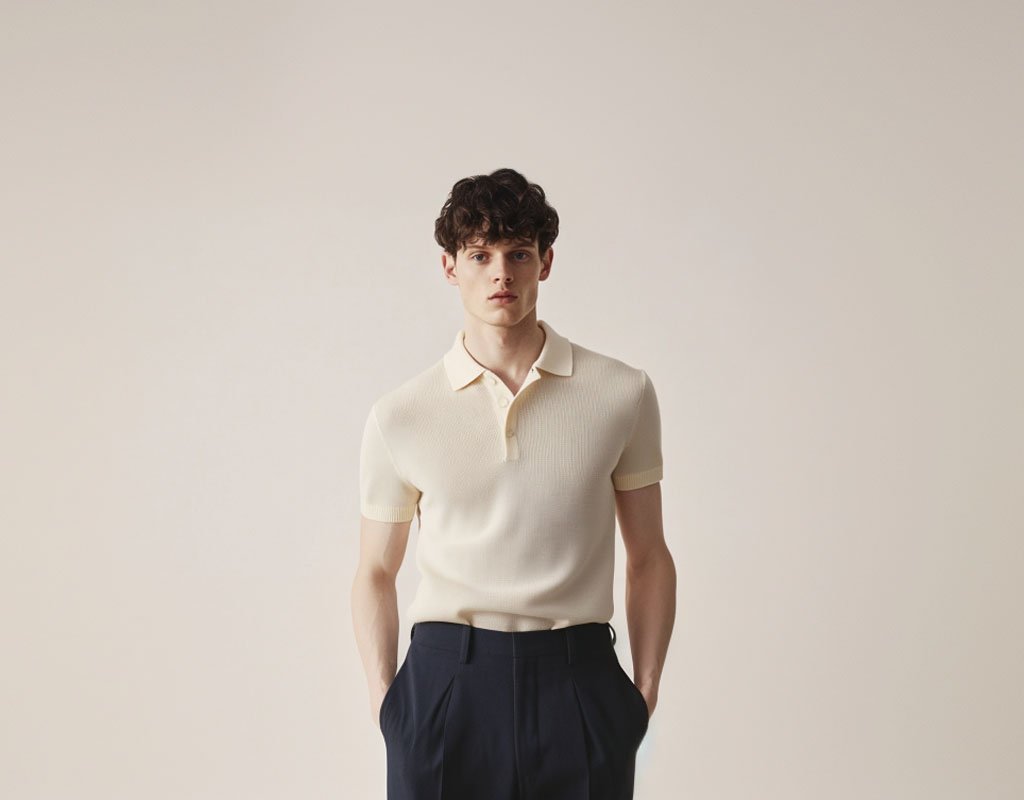
Knitting clothing is an art that blends creativity with functionality, and the choice of fabric plays a pivotal role in the outcome. From soft and stretchy materials to durable and warm options, knitwear fabrics come in a diverse range to suit different styles and purposes. Understanding the unique characteristics of these fabrics is essential for crafting garments that are visually appealing but also comfortable and practical.
Among the most popular fabrics in knitwear are cotton, wool, and synthetic blends, each offering distinct advantages. Cotton, for instance, is prized for its breathability and softness, making it ideal for lightweight and casual wear. Conversely, wool is cherished for warmth and elasticity and is often used in sweaters and winter accessories. Synthetic blends, like polyester or acrylic combine durability with versatility, catering to modern, active lifestyles. Each fabric type contributes to the diverse possibilities within the world of knitting.
By thoroughly exploring the distinct properties and practical applications of these versatile fabrics, knitters can confidently make informed decisions that significantly elevate their creative designs. Whether the primary goal is to craft a cozy and warm winter scarf or a breathable and stylish summer top, selecting the appropriate fabric ensures that the finished garment effectively meets its functional requirements and perfectly resonates with the intended overall aesthetic. Let’s take a closer look and dive deeper into these diverse fabric types to uncover their unique and specific roles in modern knitwear.
- 1. Why is wool a classic choice for warm, comfortable knitted clothing?
- 2. How does cotton provide breathability and versatility for everyday knits?
- 3. What makes acrylic an affordable and durable option for modern knitted Garments?
- 4. Why is silk considered the best fabric for luxurious and elegant knits?
- 5. How does nylon enhance strength and durability in custom-knitted clothing?
- 6. What makes rayon a smooth and natural-looking option for knitwear?
- 7. How does spandex add elasticity and flexibility to knitted designs?
- Conclusion
- Reference
1. Why is wool a classic choice for warm, comfortable knitted clothing?
- Wool is a versatile and widely used material in the textile industry. It is known for its natural warmth and resilience.
- This material is characterized by its excellent insulation, elasticity, and breathability, making it an ideal choice for various garments.
- Thanks to its insulating properties and ability to retain shape, wool is particularly suited for crafting sweaters, hats, and scarves. Its breathability ensures comfort in colder climates, while its elasticity allows garments to maintain their form even after prolonged use.
Wool is one of the best materials for winter clothing due to its natural insulation and breathability – True
Wool is unsuitable for warm climates as it traps excessive heat and lacks breathability – False
| Material | Characteristics | Uses | Seasonality | Durability | Care Instructions | Pros | Cons |
| Wool | Warm, Elastic, Breathable | Sweaters, Hats, Scarves | Winter | High | Hand wash, Dry clean | Excellent insulation, Elastic | Requires special care, Can shrink |
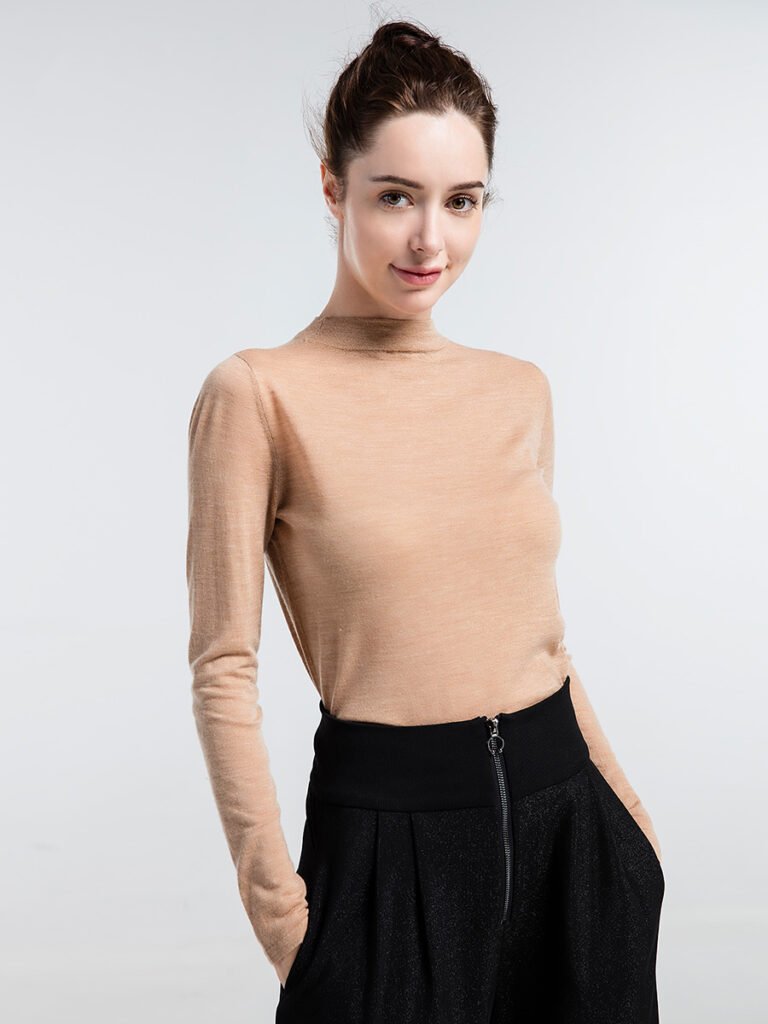
2. How does cotton provide breathability and versatility for everyday knits?
- Cotton is a natural fiber widely appreciated for its comfort and versatility in everyday and specialized garments.
- Cotton is an excellent choice for sensitive skin and warm-weather wear because of its softness, breathability, and hypoallergenic properties.
- Cotton is particularly popular for summer garments, baby clothes, and loungewear due to its lightweight and breathable nature. Cotton knits, such as jersey and interlock, add versatility, making them ideal for everything from casual wear to stylish, comfortable pieces.
Cotton is an excellent choice for summer garments because it is soft, breathable, and hypoallergenic – True
Cotton is a poor fabric for daily wear because it lacks comfort and is difficult to maintain – False
| Material | Characteristics | Uses | Seasonality | Durability | Care Instructions | Pros | Cons |
| Cotton | Soft, Breathable, Hypoallergenic | Summer Garments, Baby Clothes | Summer | Moderate | Machine wash | Comfortable, Hypoallergenic | Wrinkles, Shrinks in hot water |
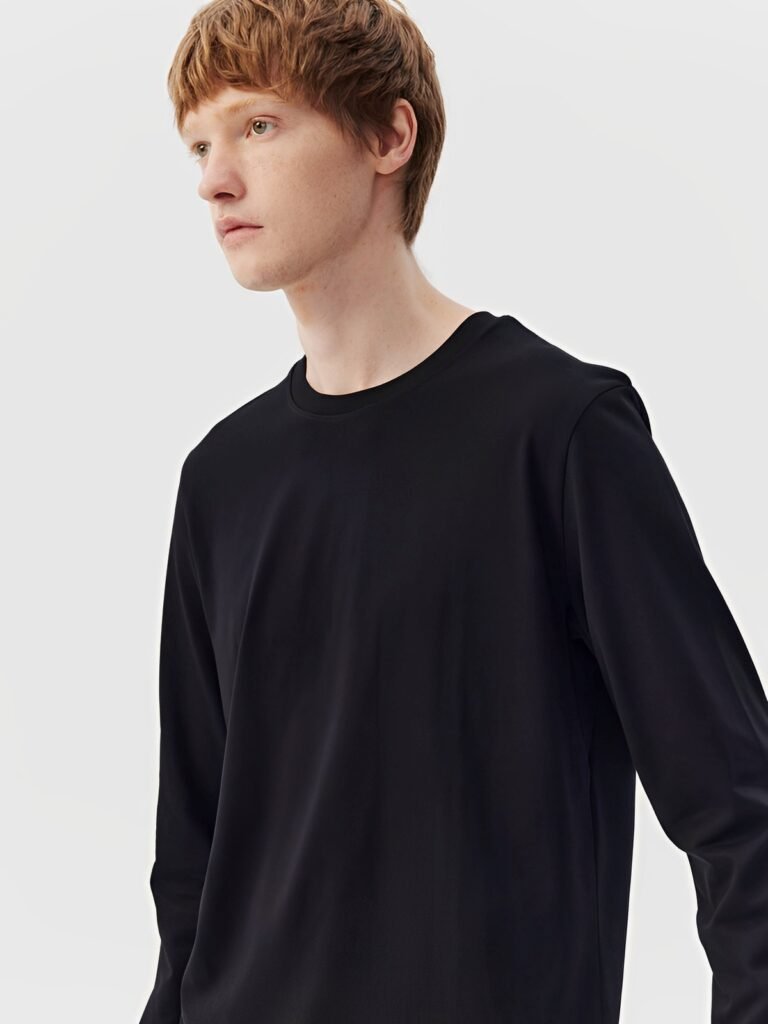
3. What makes acrylic an affordable and durable option for modern knitted Garments?
- Acrylic is a synthetic fiber known for its practicality and affordability, making it a popular alternative to natural materials.
- This material is lightweight, durable, and easy to care for. It also offers excellent resistance to fading and wear over time.
- Acrylic is often used in affordable knitwear, such as sweaters and blankets. While mimicking the softness and warmth of wool, it also provides greater durability and color retention, making it a convenient and budget-friendly choice for everyday use.
Acrylic offers a cost-effective alternative to wool with similar warmth and better durability – True
Acrylic is an environmentally friendly material because it is biodegradable and naturally sourced – False
| Material | Characteristics | Uses | Seasonality | Durability | Care Instructions | Pros | Cons |
| Acrylic | Lightweight, Durable, Easy care | Sweaters, Blankets | All Seasons | High | Machine wash | Affordable, Low maintenance | Less breathable than natural fibers |
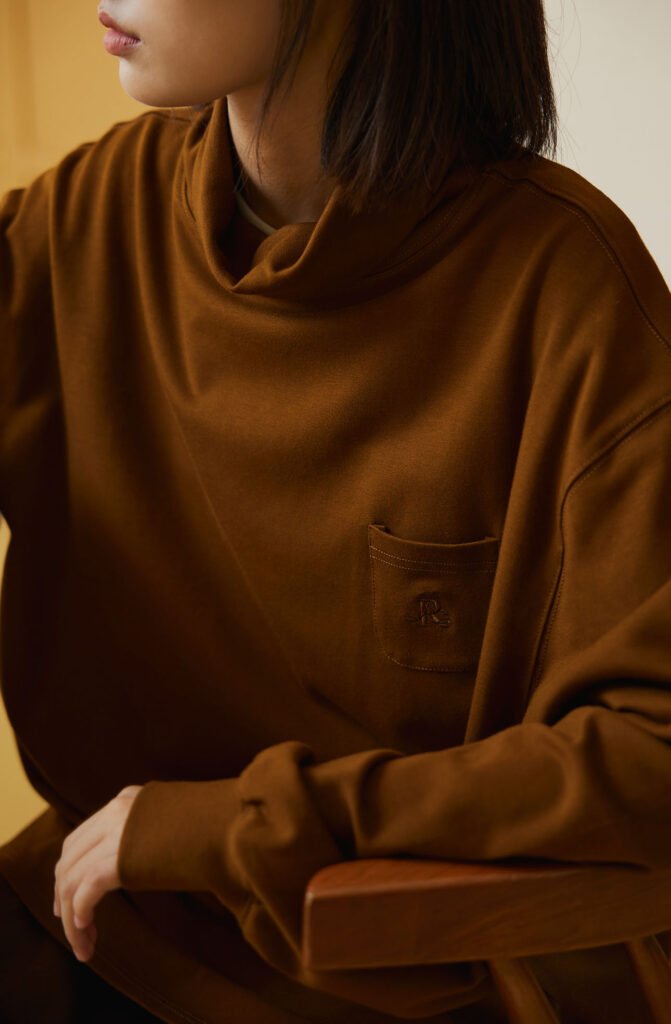
4. Why is silk considered the best fabric for luxurious and elegant knits?
- Silk is a premium natural fiber renowned for its luxurious texture and elegant appearance, often associated with sophistication and refinement.
- Characterized by its natural sheen and smooth feel, silk offers unparalleled comfort and a soft drape, making it a favorite for high-end fashion.
- Silk is commonly used in crafting high-end garments like shawls and dresses, where its lustrous quality and graceful drape enhance the overall aesthetic. Silk knits, in particular, provide a unique blend of softness and flexibility, ideal for creating garments that exude both style and comfort.
Silk is a luxurious fabric that provides unmatched softness and elegance, perfect for high-end garments – True
Silk is a highly durable fabric, ideal for rough and heavy-use applications – False
| Material | Characteristics | Uses | Seasonality | Durability | Care Instructions | Pros | Cons |
| Silk | Luxurious, Natural Sheen | Shawls, Dresses | All Seasons | Low | Dry clean only | Soft, Elegant, Lightweight | Expensive, Delicate |

5. How does nylon enhance strength and durability in custom-knitted clothing?
- Nylon is a versatile synthetic fiber prized for its strength and durability, making it a staple in modern textile applications.
- With characteristics such as high elasticity, wear resistance, and exceptional toughness, nylon stands out as a reliable material for demanding uses.
- Nylon is commonly blended with other fibers to create sportswear and active clothing, where its durability enhances the longevity and performance of garments. Its elasticity ensures flexibility and comfort, and its wear resilience makes it an ideal choice for high-movement activities.
Nylon’s strength and elasticity make it an ideal choice for sportswear and active clothing – True
Nylon is a breathable fabric that works well in warm climates without causing discomfort – False
| Material | Characteristics | Uses | Seasonality | Durability | Care Instructions | Pros | Cons |
| Nylon | Strong, Elastic, Wear-resistant | Activewear, Sportswear | All Seasons | Very High | Machine wash | Durable, Flexible | Synthetic, Can trap heat |

6. What makes rayon a smooth and natural-looking option for knitwear?
- Rayon is a semi-synthetic fiber celebrated for its soft texture and comfortable feel, perfectly balanced between luxury and practicality.
- This material is known for being soft, breathable, and moisture-wicking, making it an excellent choice for lightweight and comfortable garments.
- Rayon’s softness and ability to wick moisture make it particularly suitable for summer garments and sleepwear. Its smooth texture and breathability provide exceptional comfort against the skin, making it a favorite for creating stylish yet cozy clothing options for warm weather and relaxation.
Rayon is highly breathable and moisture-wicking, making it perfect for summer and sleepwear – True
Rayon is a durable fabric that resists wear and tear, suitable for heavy-duty clothing – False
| Material | Characteristics | Uses | Seasonality | Durability | Care Instructions | Pros | Cons |
| Rayon | Soft, Breathable, Moisture-wicking | Summer Garments, Sleepwear | Summer | Moderate | Machine wash | Comfortable, Cool to the skin | Can wrinkle easily |

7. How does spandex add elasticity and flexibility to knitted designs?
- Spandex, also known as elastane, is a synthetic fiber renowned for its remarkable elasticity, revolutionizing the fit and comfort of modern garments.
- This material is highly elastic, often blended with other fabrics to provide stretch and improve the flexibility of clothing.
- Spandex is widely used in creating fitted garments like leggings and sportswear, where its stretch ensures a snug yet comfortable fit. Its ability to maintain shape and recover after stretching makes it indispensable in activewear and form-fitting clothing, enhancing both performance and style.
Spandex is essential in creating stretchable and form-fitting garments like leggings and sportswear – True
Spandex is a standalone fabric widely used for its softness and breathability in loose-fitting clothing – False
| Material | Characteristics | Uses | Seasonality | Durability | Care Instructions | Pros | Cons |
| Spandex | Highly Elastic | Leggings, Fitted Garments | All Seasons | Moderate | Machine wash | Stretchy, Comfortable | Can lose shape over time |
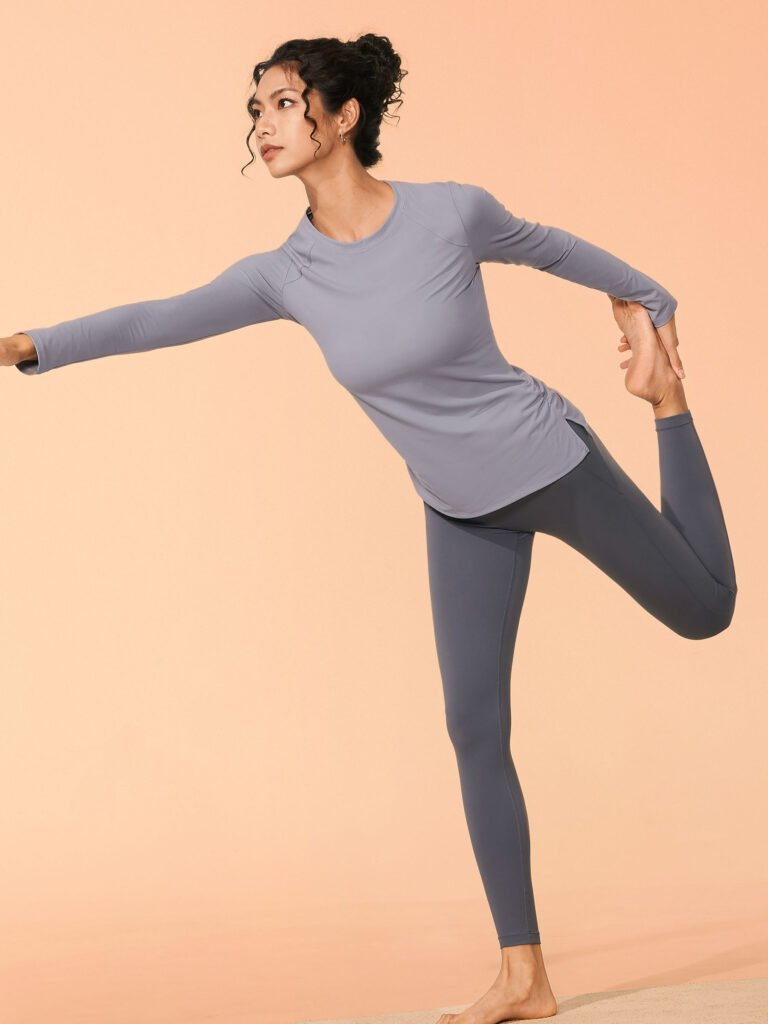
Conclusion
Each of these materials—Wool, Cotton, Acrylic, Silk, Nylon, Rayon, and Spandex—brings unique benefits that make them well-suited for different types of clothing and uses. Wool excels in cold weather for its warmth and insulation, while cotton offers breathability and comfort for warmer climates. Acrylic provides an affordable alternative to wool with increased durability, making it ideal for everyday knitwear. With its luxurious feel and natural sheen, silk remains the go-to for high-end fashion, adding elegance to any garment. Nylon’s strength and elasticity make it perfect for activewear, while rayon’s softness and moisture-wicking properties make it an excellent choice for summer garments and sleepwear. Lastly, spandex is the foundation of modern activewear and form-fitting clothing, ensuring stretch and comfort.
In summary, selecting the right fabric depends on the specific needs of the garment, whether it’s comfort, luxury, durability, or performance. By understanding characteristics and ideal uses, designers and consumers can make informed decisions that enhance the functionality and style of their clothing.
Reference
1. Best Material for Knitwear: Knit Fabric Types, Pros & Cons Complete Guide!
2.Know Your Knits: A Basic Fabric Guide
3.What Are Knitted Fabrics: In-Depth Guide To Knit Fabrics Types!

